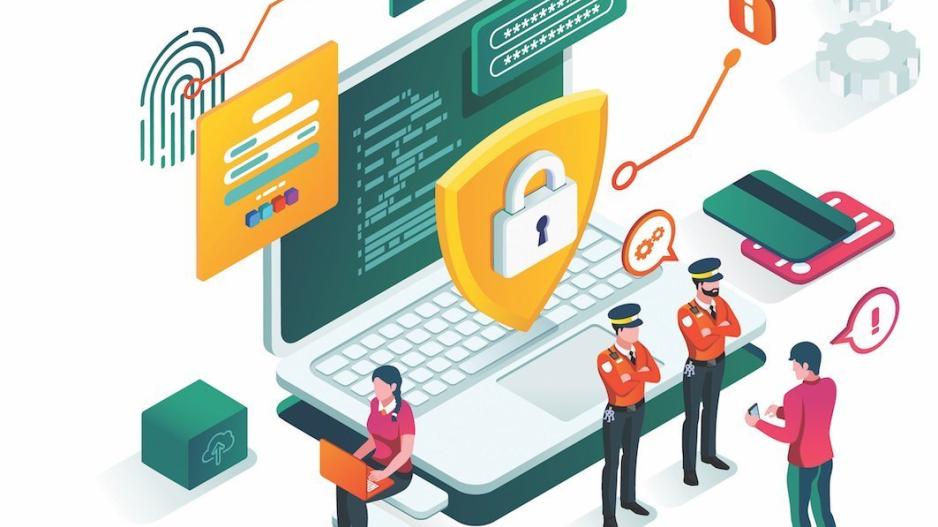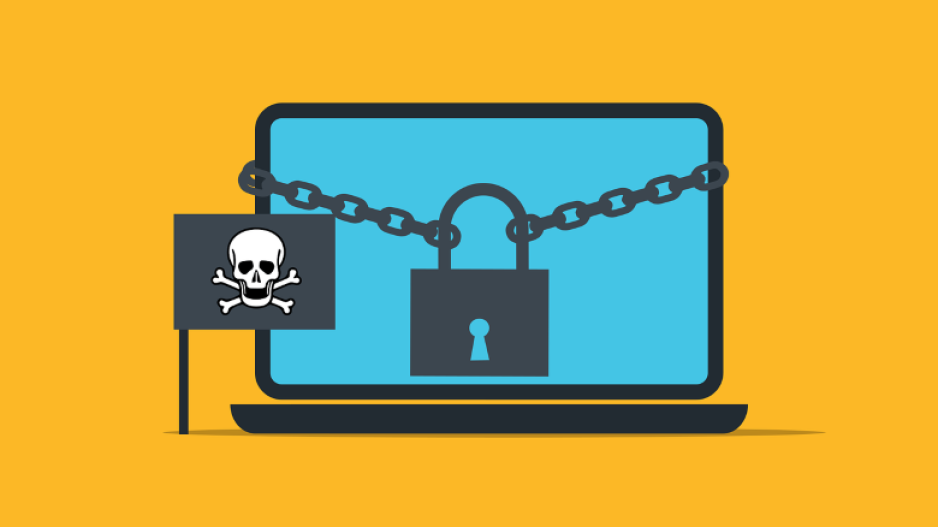Safeguarding Against Ransomware Attacks: Tips and Best Practices
As technology continues to advance, the Office of the Commissioner of Communications emphasizes the need for evolving cybersecurity practices to safeguard against ransomware attacks. The pressing issue requires proactive defense strategies, and their press release offers comprehensive guidance for individuals and organizations.
The alarming statistics reveal that a ransomware attack transpires approximately every 11 seconds worldwide, resulting in staggering damages reaching almost 20 billion euros. These malicious extortion programs selectively target victims deemed more likely to pay the demanded amount for data retrieval.
Ransomware, an advanced form of malware, encrypts files using powerful encryption keys. Victims are then extorted to make payments, often in cryptocurrencies like Bitcoin, with the promise of receiving decryption keys. Unfortunately, there is no guarantee that the perpetrators will fulfill their end of the bargain even after payment.
Phishing emails, compromised websites, drive-by downloading, malicious attachments, system vulnerabilities, and remote desktop protocol attacks are the most common infection vectors for ransomware. Understanding these entry points is crucial for prevention.
The press release categorizes ransomware into four primary types: encryption, lockers, scareware, and doxware/leakware. Each exhibits distinct behavior, ranging from encrypting data to restricting computer usage or exploiting user intimidation.

To combat ransomware effectively, the Office of the Commissioner of Communications advocates for ten essential prevention practices. These include regular data backups, maintaining up-to-date systems and software, utilizing advanced antivirus software and firewalls, network segmentation, email protection, application whitelisting, endpoint security, limited user access privileges, regular security testing, and security awareness training.
The release highlights the importance of remaining vigilant against fake malware detection alerts and advises users to verify links directly through trusted antivirus software. It strongly discourages opening email messages, attachments, or links from unknown or unauthorized sources to mitigate risks.
In the unfortunate event of a ransomware attack, experts and law enforcement agencies strongly advise against paying the ransom. Payments only embolden attackers and offer no guarantee of data recovery. Free decryption tools may be available for specific ransomware types, but data backups remain essential.
Promptly disconnecting infected devices from networks and wireless connections helps contain the attack and prevent further compromise. Identifying the source of the malware assists in determining the entry point and strengthening security measures.
Individuals are urged to report ransomware attacks to law enforcement authorities for investigation. Law enforcement agencies may possess advanced recovery tools and software not accessible to most organizations, potentially aiding data recovery efforts and apprehending perpetrators.






